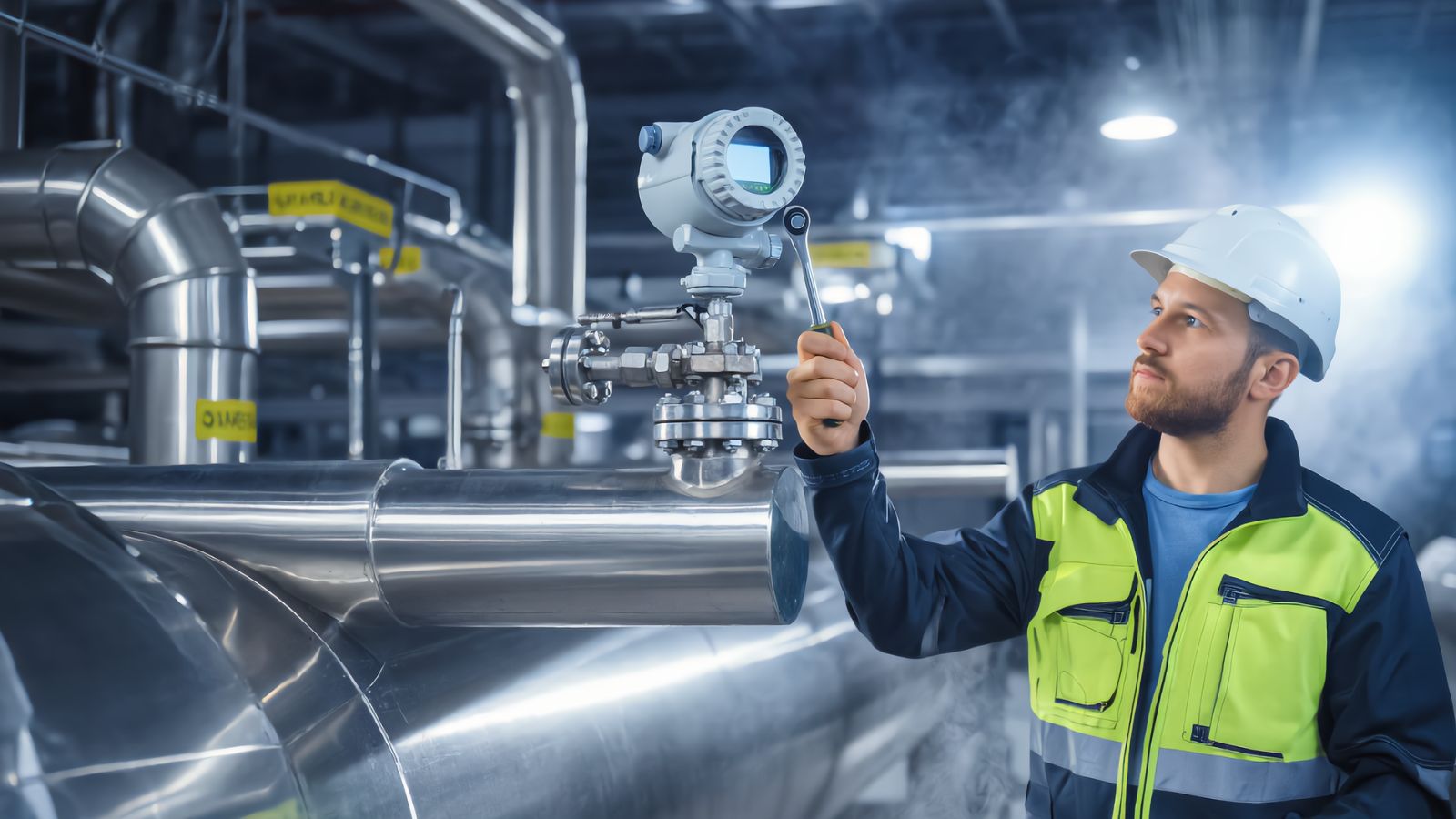When it comes to exploring and navigating the depths of detecting objects in the vastness of the sky, two technologies stand out – radar Vs sonar. Both radar and sonar play crucial roles in various industries, from maritime navigation to weather forecasting. In this comprehensive comparison, we will delve into the definition, principles, applications, and key differences between radar and sonar, aiming to shed light on which technology is better suited for different purposes.
Understanding Radar: Definition, Principles, and Applications
Definition and Principles
Radar, an acronym for Radio Detection and Ranging, is a technology that uses electromagnetic waves to detect the presence, location, and speed of objects. It operates on the principle of radio wave reflection, where a radar system emits radio waves and measures the time it takes for the waves to bounce back after hitting an object. By analyzing the returned waves, radar systems can determine the distance, direction, and velocity of the detected objects.
Applications
Radar technology finds extensive use in a wide range of applications. In aviation, radar systems are used for air traffic control, weather monitoring, and collision avoidance. In maritime navigation, radar helps ships and boats detect other vessels, land masses, and obstacles, ensuring safe and efficient travel. Additionally, radar is employed in military operations for surveillance, weapon guidance, and target tracking.
Exploring Sonar: Definition, Principles, and Applications
Definition and Principles
Sonar, short for Sound Navigation and Ranging, is a technology that uses sound waves to navigate and detect objects underwater. Sonar systems emit sound waves and measure the time it takes for these waves to bounce back after hitting an object. By analyzing the returned sound waves, sonar systems can determine the distance, direction, and composition of underwater objects.
Applications
Sonar technology is primarily used in underwater exploration and navigation. It is invaluable in marine research, enabling scientists to map the ocean floor, study marine life, and locate underwater geological features. Sonar is also essential for maritime security, assisting in the detection of submarines, underwater mines, and other potentially dangerous objects. Additionally, the fishing industry relies on sonar technology to locate fish and improve catch rates.
Key Differences Between Radar and Sonar
While radar and sonar share similarities in their fundamental principles, they differ in some key aspects:
Medium of Propagation: Radar uses electromagnetic waves, which can travel through air and space, while sonar employs sound waves that propagate underwater.
Speed of Propagation: Electromagnetic waves travel much faster than sound waves. As a result, radar systems provide real-time detection and faster response compared to sonar systems.
Range and Resolution: Radar has a longer range and higher resolution compared to sonar. Radar can detect objects at distances of several kilometers, while sonar is limited to short ranges due to sound wave attenuation in water.
Environmental Factors: Sonar performance is affected by environmental conditions such as water temperature, salinity, and turbidity. Radar, on the other hand, is less affected by environmental factors and can operate in various weather conditions.
Radar vs Sonar: Which is Better for Navigation?
The choice between radar and sonar for navigation depends on the specific requirements and operating conditions. For surface navigation, radar is the preferred choice due to its long-range detection capability and ability to detect obstacles, other vessels, and land masses. Radar’s accurate and real-time data is crucial for safe navigation, especially under adverse weather conditions or in congested waterways.
On the other hand, sonar technology is indispensable for underwater navigation and exploration. It enables precise mapping of the ocean floor, detection of submerged objects, and identification of underwater hazards. Sonar is a vital tool for submarines, underwater vehicles, and maritime research vessels.
In summary, while both radar and sonar have their unique advantages, their suitability for navigation depends on the medium of operation and specific requirements of the task at hand.
Precision Sonar Technology: Advantages and Limitations
Sonar technology has evolved over the years, leading to the development of precision sonar systems. These advanced systems offer several advantages over traditional sonar technology, including enhanced resolution, increased depth capability, and improved target discrimination. Precision sonar allows for detailed imaging of underwater structures, marine life, and other objects of interest.
However, precision sonar technology also has its limitations. It faces challenges in shallow waters due to reverberation and interference from the seabed. Additionally, the accuracy and resolution of precision sonar systems decrease with increasing water depth. Despite these limitations, precision sonar has revolutionized underwater exploration and contributed to significant advancements in marine research and industry.
Practical Applications of Radar and Sonar in Different Industries
Radar and sonar technologies find extensive applications across various industries:
Maritime Industry: In addition to navigation and collision avoidance, radar and sonar are crucial for search and rescue operations, fisheries, offshore oil and gas exploration, and marine environmental monitoring.
Aviation Industry: Radar systems are essential for air traffic control, weather monitoring, aircraft navigation, and collision avoidance.
Defense and Military Operations: Radar and sonar play a vital role in military applications, ranging from surveillance and reconnaissance to missile guidance and submarine detection.
Meteorology: Radar technology enables weather forecasters to track storms, measure precipitation, and monitor severe weather conditions.
Underwater Exploration and Research: Sonar technology is indispensable for marine research, underwater archaeology, mapping the ocean floor, and studying marine life.
Doppler Radar: How it Works and its Significance
Doppler radar is a specialized form of radar that measures the velocity of objects in addition to their location. It utilizes the Doppler effect, which is the change in frequency of waves due to the relative motion between the source and the observer. By analyzing the frequency shift of the returned waves, Doppler radar systems can determine the speed and direction of moving objects, such as raindrops in a storm or vehicles on a highway.
Doppler radar plays a crucial role in meteorology, enabling forecasters to detect and track severe weather phenomena such as tornadoes, hurricanes, and thunderstorms. It provides valuable information about wind patterns, precipitation intensity, and storm movement, aiding in accurate weather predictions and timely warnings.
Radar Detectors: What are They and How do They Work?
Radar detectors are electronic devices designed to detect the presence of radar signals emitted by law enforcement officers using speed measurement devices such as radar guns. Radar detectors work by utilizing radio frequency receivers that can detect the radio waves emitted by radar guns. When a radar signal is detected, the radar detector alerts the driver, allowing them to adjust their speed and avoid speeding tickets.
However, it is important to note that the use of radar detectors is regulated and even prohibited in some jurisdictions. While radar detectors can provide a warning about speed enforcement activities, responsible driving and adhering to speed limits remain the best practices for road safety.
Conclusion: Choosing the Right Technology for Your Needs
In conclusion, radar and sonar are both powerful technologies with distinct applications and capabilities. Radar excels in surface navigation, offering long-range detection and real-time data in various weather conditions. Sonar, on the other hand, is essential for underwater exploration and navigation, enabling precise mapping and detection of submerged objects.
When choosing between radar and sonar, it is crucial to consider the specific requirements of the task at hand, the operating environment, and the desired level of accuracy and resolution. By understanding the strengths and limitations of each technology, individuals and industries can make informed decisions and harness the power of radar and sonar to navigate the depths with confidence.
Call to Action
To learn more about radar and sonar technologies and their applications, visit our website and explore our comprehensive range of industry-specific resources and solutions. Contact our experts to discuss how radar and sonar can drive efficiency and safety in your operations.




